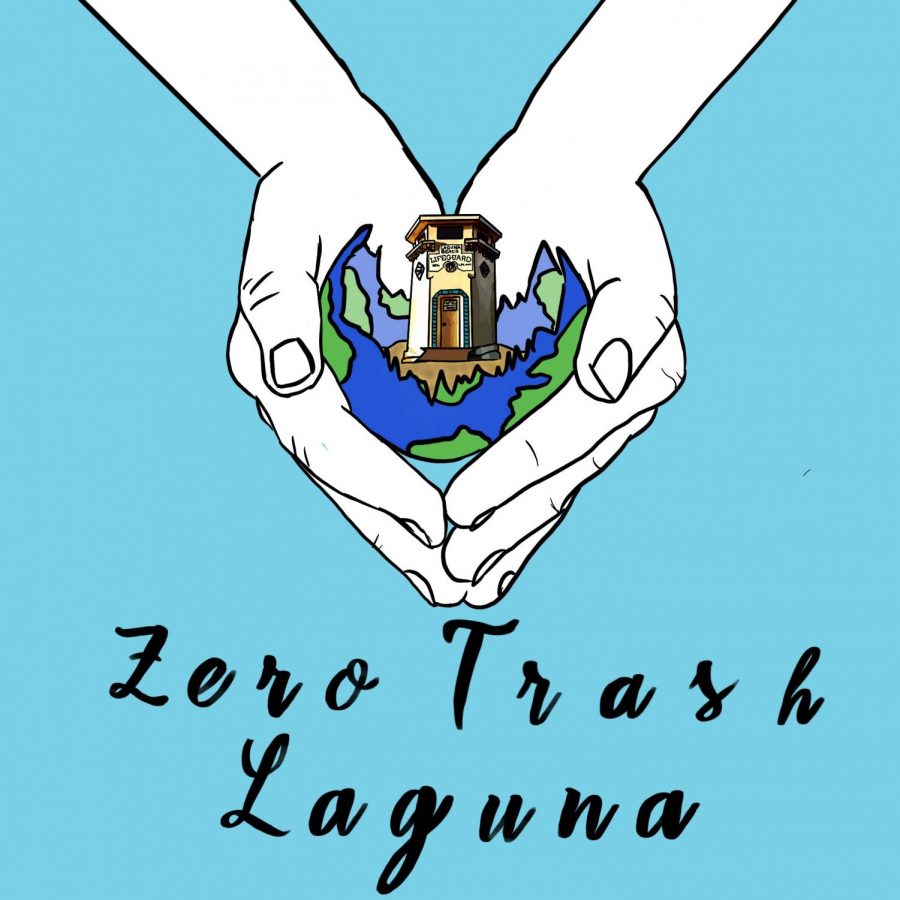Single-use plastic waste surges amidst pandemic
January 29, 2021
Pollution is an urgent problem, and with the pandemic taking up all the spotlight, environmental issues are being forgotten. Because we are a beach community, we can see the direct effect littering has on our oceans. Before the pandemic, waste was already reaching a dangerous four pounds per person every day. Now, that amount has increased by over 25% during COVID. What’s more? The majority of this increase is in the form of single-use plastics like masks, gloves and other personal protective equipment.
Many restaurants have implemented the use of gloves for all of their staff. Waiters change their gloves every time they touch something that the customer touched, like a checkbook, so one can imagine how much waste this produces.
California’s Regional Stay-at-Home Order, put in place Sunday, Dec. 7, mandated that all restaurants must only have take out. This change, while also detrimental to businesses, results in a lot more plastic waste from everyone’s takeout orders.
Individual choices to limit interaction with others worsens the problem. Most people are now ordering via the internet and receiving plastic containers with their items. It is projected that the global plastic packaging market size will increase to 1012.6 billion by next year, up from 909.2 billion in 2019.1
With the move toward single-use plastics necessitated by the pandemic, it has never been more important to properly dispose of your trash. The pandemic puts more strain on regular waste management policies. Some negative disposal policies that have been used this year include mobile incineration, direct landfills and local burnings.2
There are many ways we could reduce our trash output. One is to make our own lunches every day and to use reusable packaging. For food waste, eggshells and coffee grounds are examples of things you can compost to help cultivate a garden around your home.
Our absence from in-person learning provides the perfect opportunity to reflect on how much trash we normally produce when we’re at school. We used to have non-reusable cardboard trays and cartons for milk, and we currently have 1, 068 people enrolled in our high school. If even just a quarter of our classmates buy lunch, that is 267 cartons and trays used per day. That doesn’t even account for the extra trash brought into school every day from faculty members and students.
As beachside citizens, it is our duty to counter this problem in every way possible. Two LBHS clubs, Zero Trash Laguna and Environmental Club, are part of our school’s movement to reduce litter in our city. The Environmental Club is partnering with Laguna Green Belt for trash pick-ups. Zero Trash Laguna hosts clean-up days among other environmental activities. Both clubs had planned on beginning trash pick-ups in groups again, but after Orange County moved into the purple tier, both decided against it.
Zero Trash Laguna offers individual service hours for all members who pick up trash around town. This opportunity is still available and is a great way to help the environment while also being COVID-conscious.
Outside of our school, there is a great opportunity for coastal pick-ups through the Clean Swell App. Through this platform, you can go to any beach and track the quantity and type of trash you collect, contributing data for the state of California.
Overall, human health has been prioritized over environmental health this year. While the pandemic demands our attention, the well-being of the Earth cannot afford to be on the backburner for any longer despite the challenges that plague our world right now. Get out and safely help your community. Each person’s actions add up and make a huge difference.








